ESD Protection
×
Tips for using the parametric search
Frequently Asked Questions
When an element with a higher charge comes in contact with another element with a lower charge, electrons flow from one element to another. This transfer of charges may lead to a rapid flow of high current for a short time, creating an electrostatic discharge (ESD) event - a sudden release of static electricity that can damage sensitive electronic components.
Electrical Fast Transient (EFT), is a type of electrical transient event that is characterized by a series of fast, high-frequency pulses that can be generated by switching devices, such as relays, contactors, or circuit breakers, as they turn on or off in the industrial environment.
A surge is a short-lived, high-energy voltage and current spike, sometimes triggered by electrical switching or lightning. Switching transients may be the result of power system switching, load changes in power distribution systems, or short circuit fault conditions.
ESD (Electrostatic Discharge) diodes are designed to handle fast/short ESD events, whereas TVS (Transient Voltage Suppressor) diodes are optimized to protect circuits against slow/long overvoltage transients such as lightning or switching surges.
A TVS diode or an ESD protection diode protects integrated circuits on the PCB from ESD and electrical overstress (EOS) events. A TVS diode/an ESD protection diode acts like an open circuit in normal operating conditions, but when voltage exceeds its breakdown threshold, it instantly becomes conductive and diverts surge current away from the protected circuit. After the voltage spike passes, it automatically returns to its high-resistance state, effectively clamping dangerous voltages to safe levels.






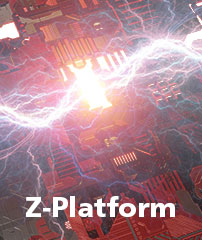

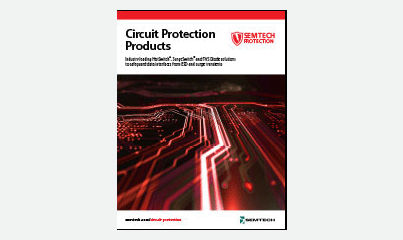


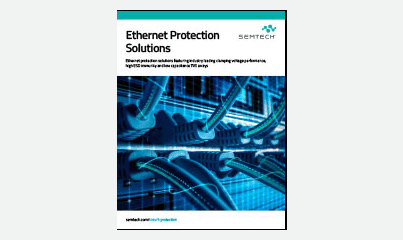






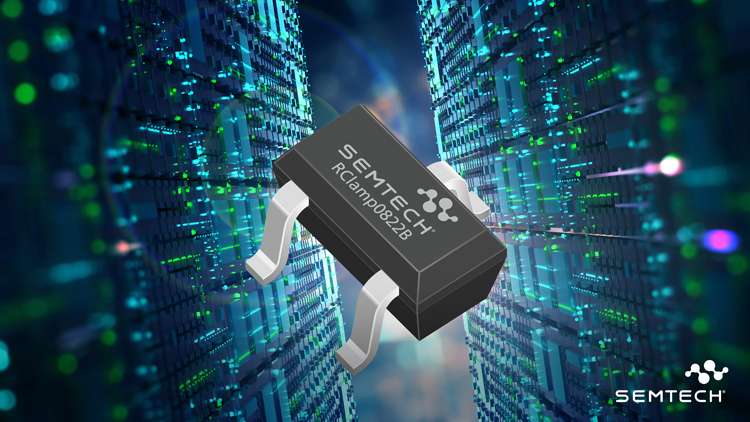
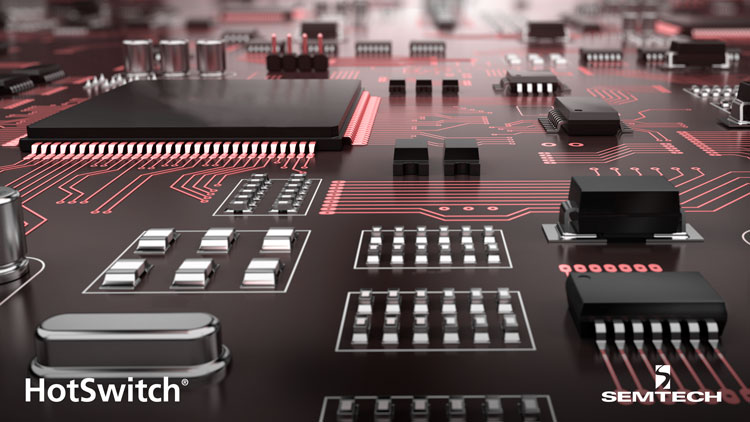







.png)
